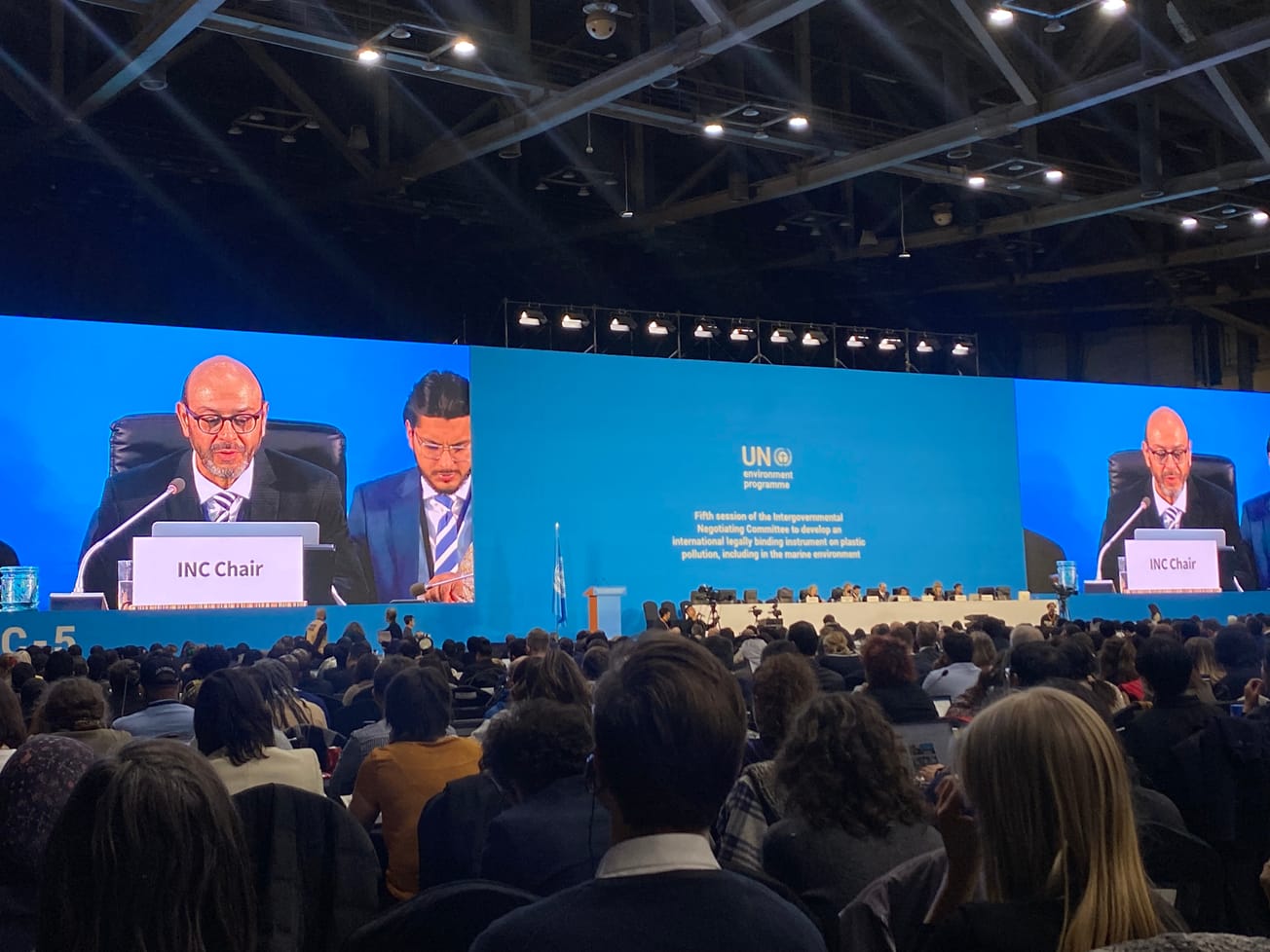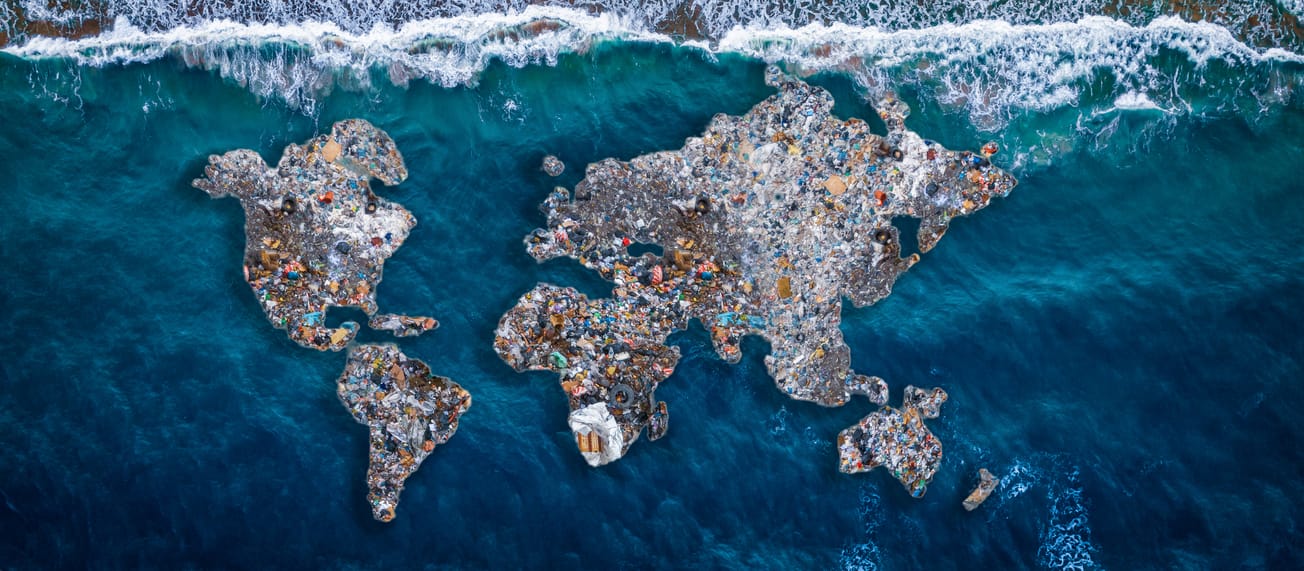In advance of the third UN Ocean Conference (UNOC 3) taking place in Nice, France in June 2025, all eyes were on the first of two significant conferences taking place this year - the 16th Conference of the Parties to the Convention on Biological Diversity (COP16). Earlier this year, the global community made calls for a dedicated ocean day at the CBD COP16. In response, the CBD Secretariat and the Latin American and Caribbean Bank (CAF) led two packed days with the theme, the ‘Ocean the Great Connector.’ And so, ocean policy experts landed in Cali, Colombia ready to highlight that ‘nature is also blue.’
So, did the first ever COP16 Ocean Day deliver?
It was a mixed bag!
The Ocean Buzz
Five major announcements were advanced that will help set the scene for future CBD COPs and broader action on policy and finance for our ocean:
- US$ 51.7 million mobilised by funders collaborating to support the development of proposals for protected areas on the high seas.
- Six global environmental organisations agreed formed a coalition to design and execute debt-for-nature swaps at scale for nature and climate.
- The world’s first marine biodiversity credit from SeaTrees went on sale to create high-integrity biodiversity credits that can rapidly fund ocean restoration and protection projects.
- Eight governments pledged an additional $163 million to the Global Biodiversity Framework Fund (GBFF), bringing total funding in the GBFF to ~$396 million from 12 contributors including Canada, Japan, Luxembourg, and Spain. The additional pledges at COP16 came from Austria, Denmark, France, Germany, New Zealand, Norway, the United Kingdom, and Québec (first pledge from a subnational government).
- UNOC 3 Co-Chair, Costa Rica announced Costa Rica’s ambition for a fully integrated national ocean account by 2030 and called for other countries and supporters to join them. Learn more about the ocean accounting project here.
This progress was important, but did it permeate across to the main negotiating room?
The negotiating room
Parties began on the right track with the adoption of several important decisions:
- After eight years of discussions, a new mechanism was agreed on to describe ecologically and biologically significant marine areas (EBSAs) and keep them up to date with new scientific information.
- A decision was made to advance synergies between ocean, climate and biodiversity regimes. Read more in the policy brief here.
- The marine and coastal biodiversity and island biodiversity program of work was adopted. While the adoption is celebrated, enthusiasts of the BBNJ Agreement do not believe the program goes far enough as it lacks a call for ratification of the BBNJ Agreement. The adoption, however does include an invitation for the CBD Executive Secretary to continue cooperation with the United Nations Division for Ocean Affairs and the Law of the Sea (DOALOS), including the potential for expert workshops on topics including biodiversity in areas beyond national jurisdiction.
Unfortunately, negotiations were suspended before a decision could be adopted on resource mobilisation and the budget for the Secretariat.
How do we move the enthusiasm of the side events into the negotiations?
The enthusiasm at Ocean Day side events was tangible, however it was not transferred to ambitious text in the negotiations. So, how do we translate the ambition and action of the side event space into the negotiations?
We suggest five key opportunities for transferring ambition:
- Strategic Bridge-Building
- Create direct channels between side event organizers and negotiators
- Develop concise policy briefs for negotiators to identify linkages. Example policy brief here.
- Host targeted briefings that bring side event insights directly to negotiation teams
- Organize "negotiator listening sessions" at key side events
- Evidence-Based Advocacy
- Document concrete commitments and pledges made at side events
- Transform side event outcomes into specific textual proposals
- Package successful initiatives showcased at side events as proven, implementable solutions
- Use case studies presented at side events to demonstrate the feasibility of proposed measures
- Stakeholder Mobilization
- Connect technical experts from side events with national delegations
- Build coalitions between NGOs, scientists, and negotiators
- Engage youth participants from side events in negotiation tracking
- Institutional Linkages
- Establish formal mechanisms to feed side event outcomes into negotiation processes
- Create dedicated spaces for side event outcomes to be presented to negotiators
- Include side event recommendations in official meeting documents
- Develop tracking systems for commitments made at side events
- Strategic Timing and Placement
- Schedule relevant side events before key negotiation sessions
- Position side events strategically to maximize negotiator participation
- Create informal spaces for negotiators and side event participants to interact
- Time the release of side event outcomes to influence specific negotiation points
The key is creating systematic rather than ad hoc connections between the two spaces, ensuring that enthusiasm and commitments translate into concrete negotiating positions and text proposals.
All eyes will now be on the 29th Conference of the Parties to the UNFCCC held in Baku, Azerbaijan starting next week. If we are to advance nature-positive investment and policy, decision makers will need to ensure strong linkages between the ocean, biodiversity and climate.







